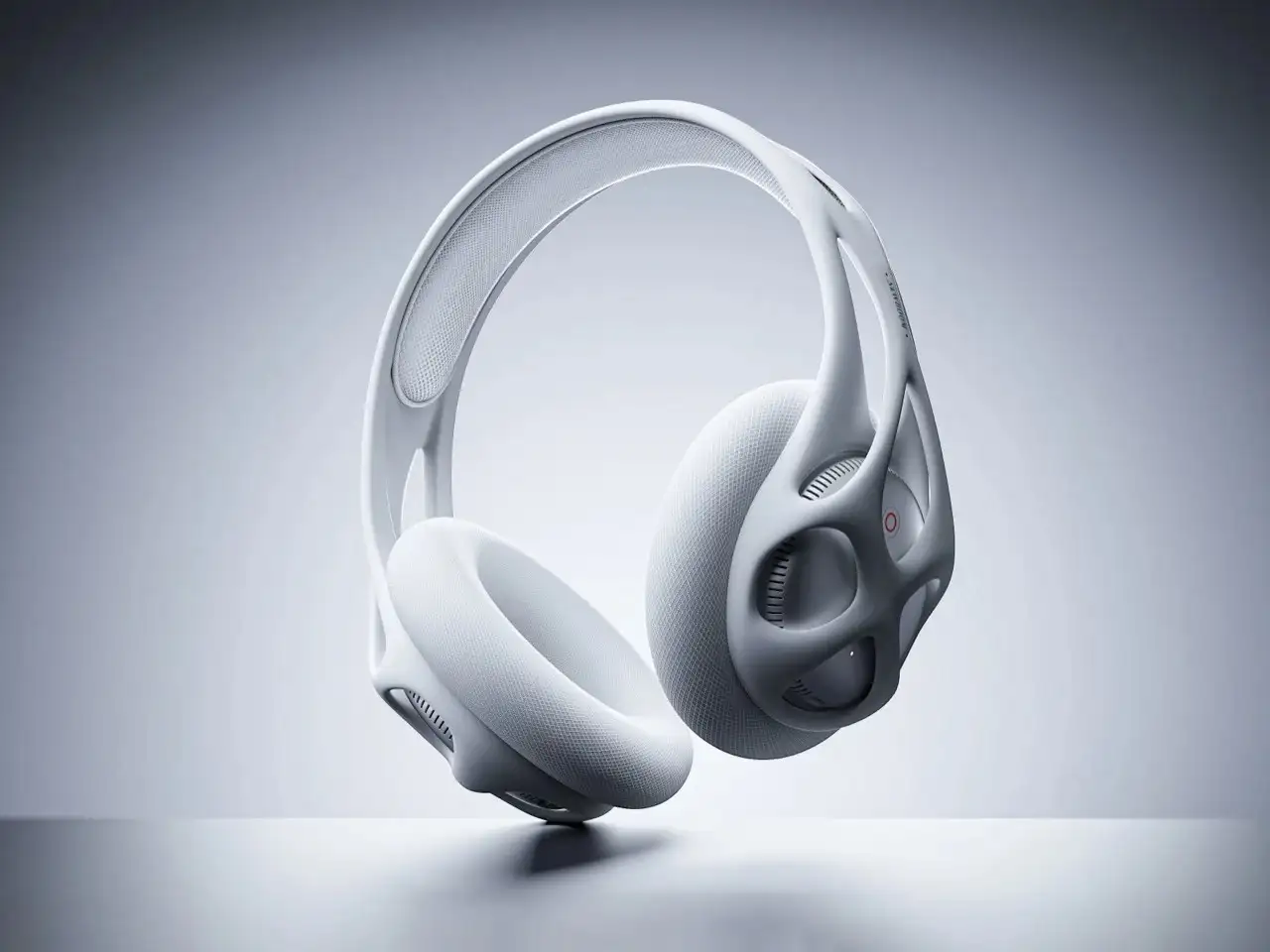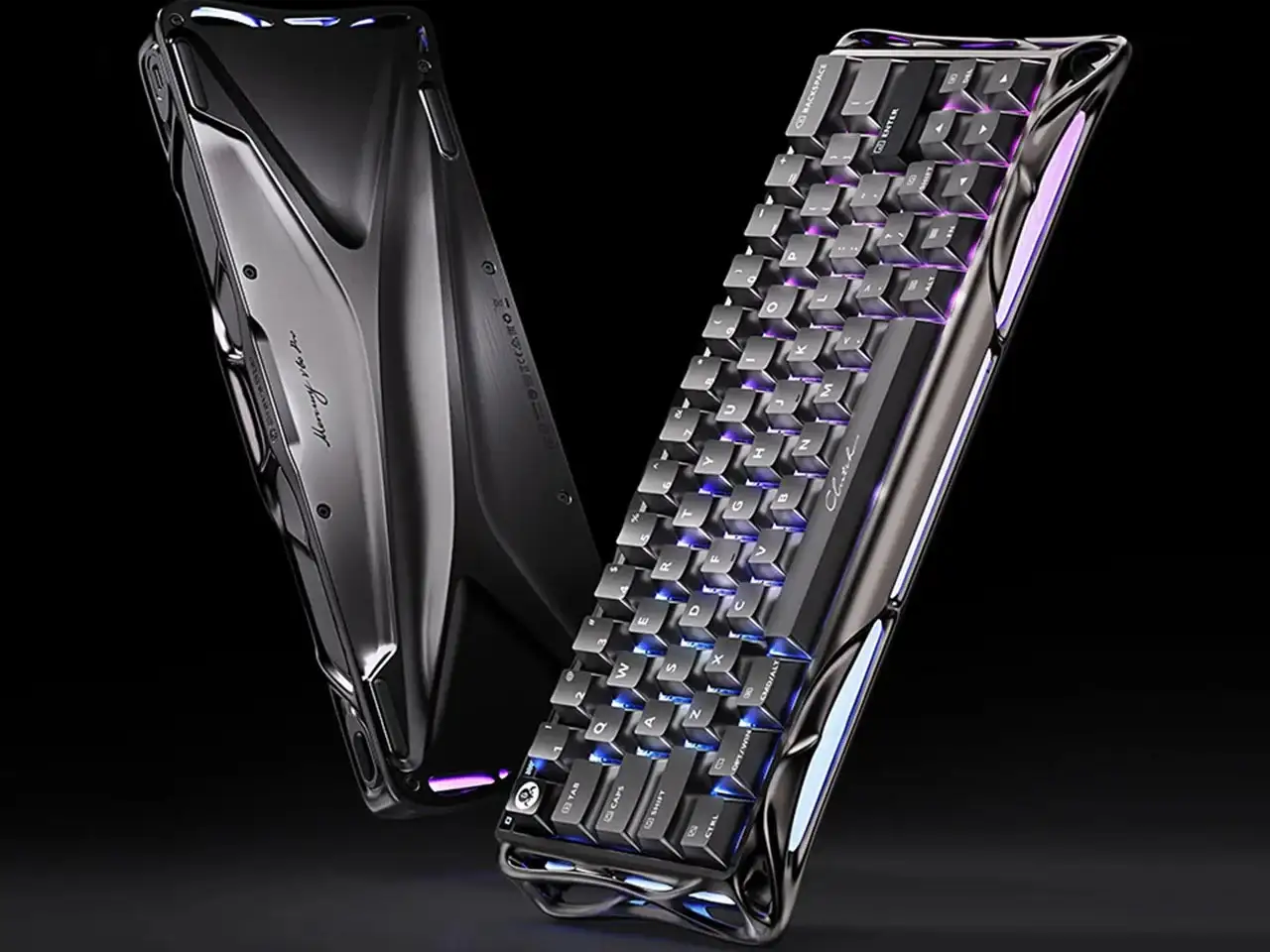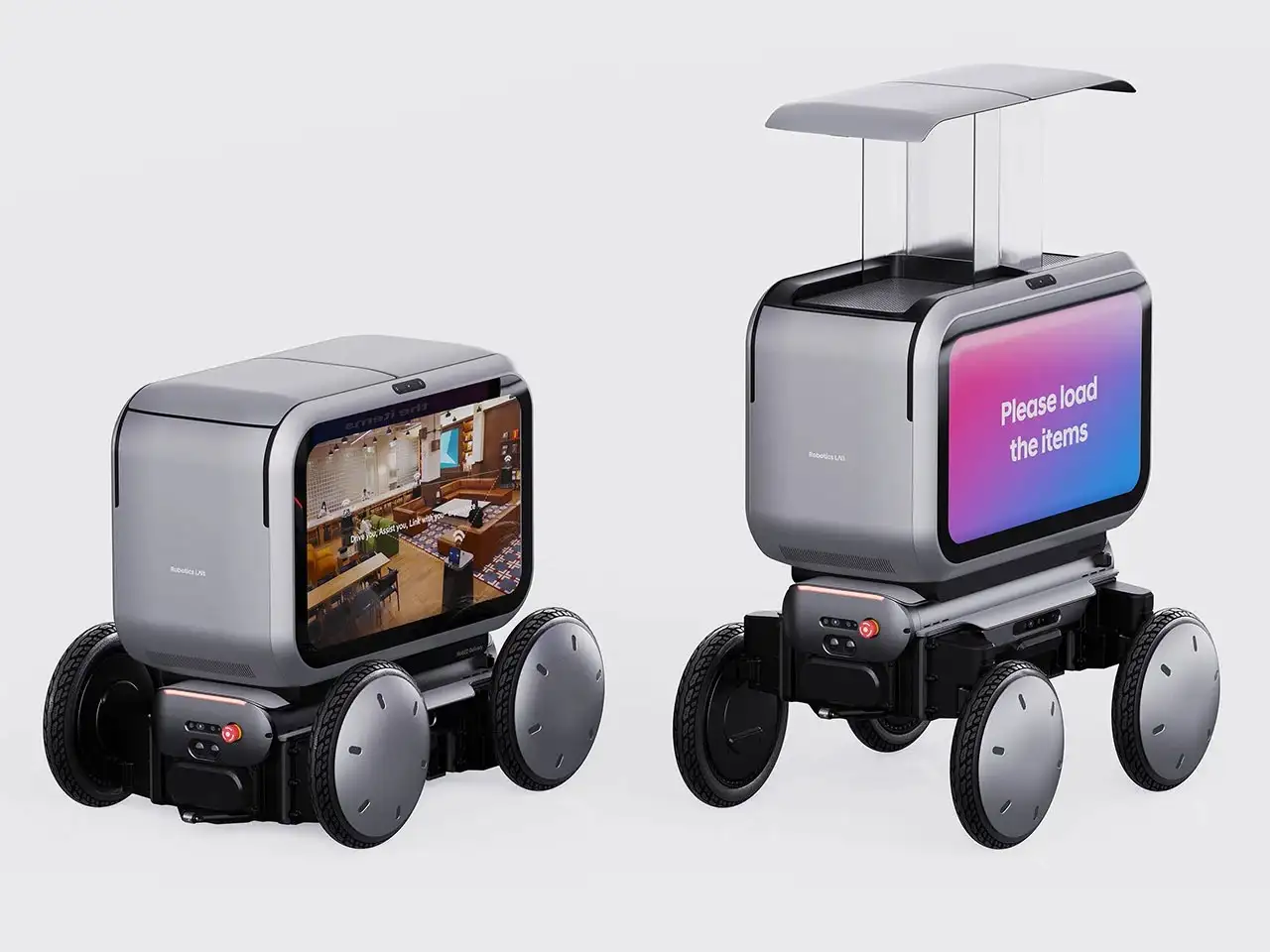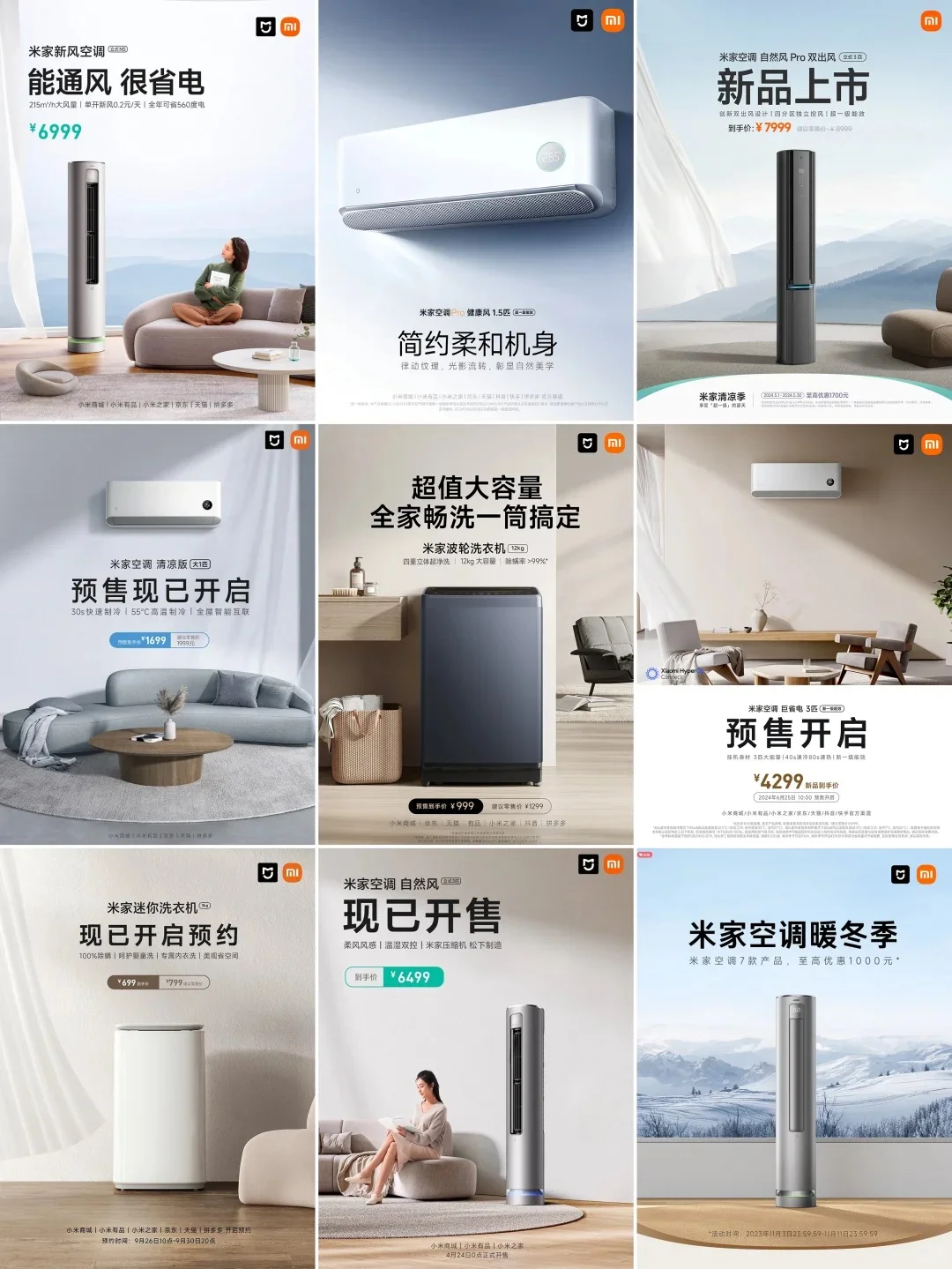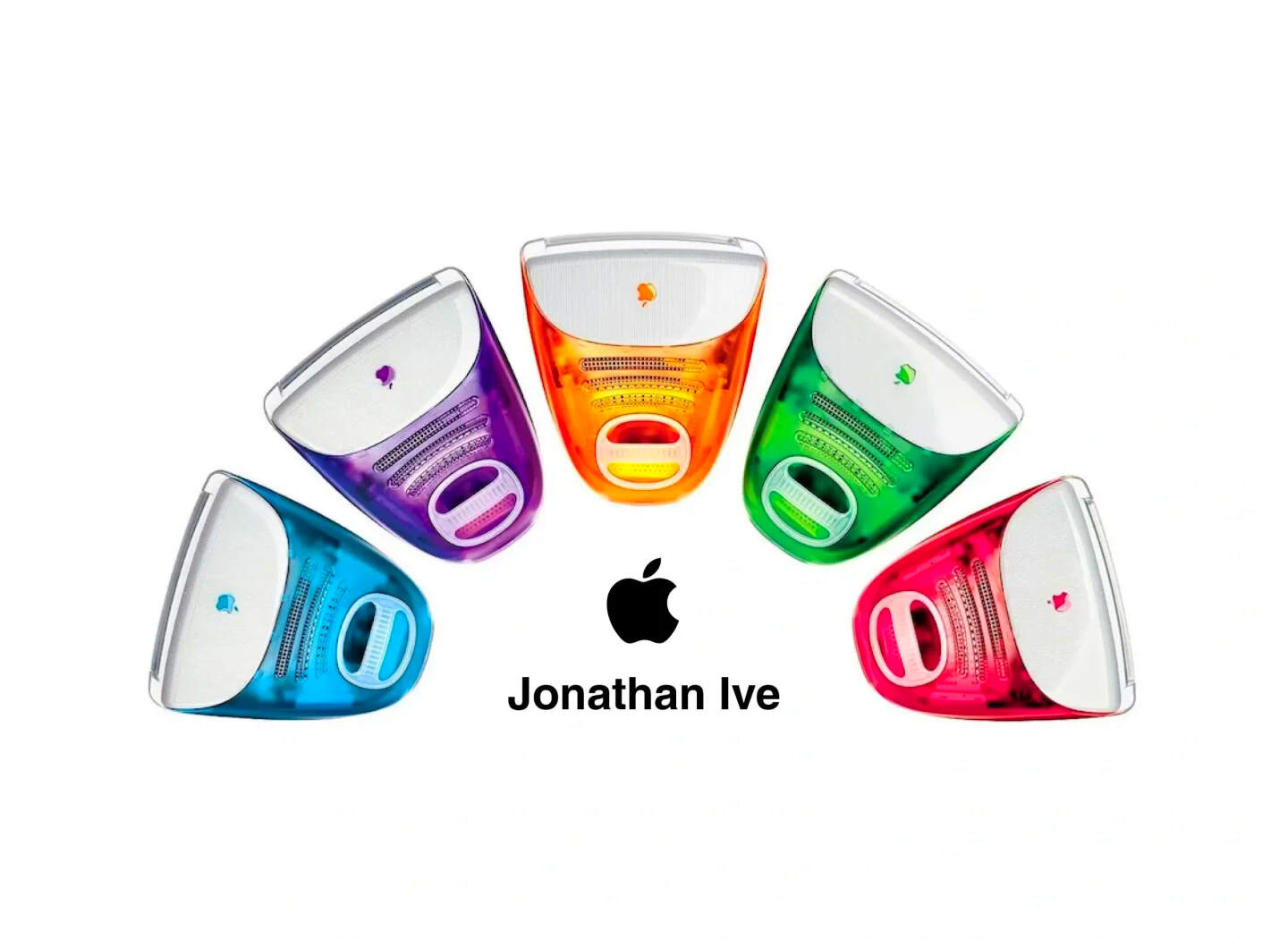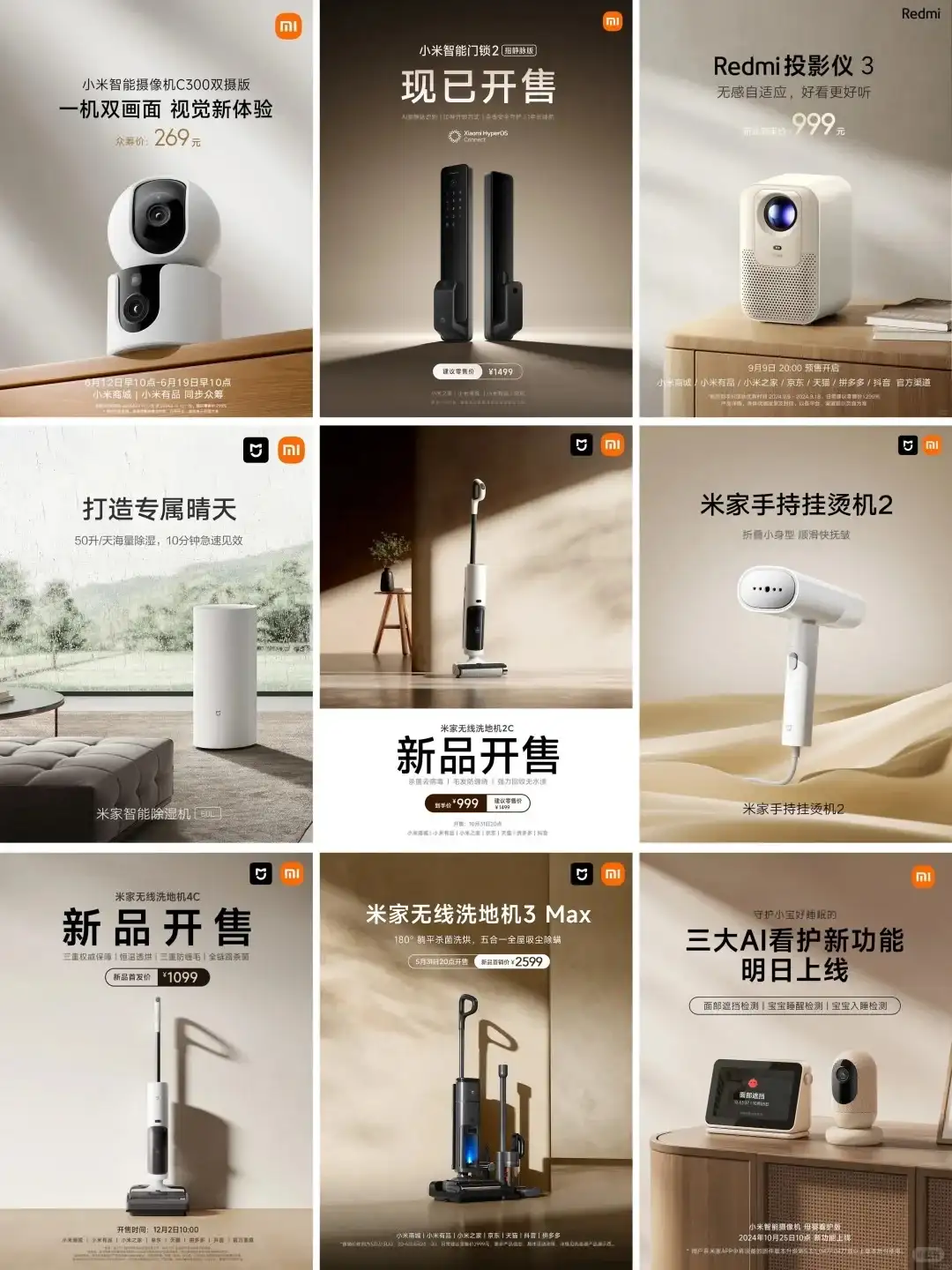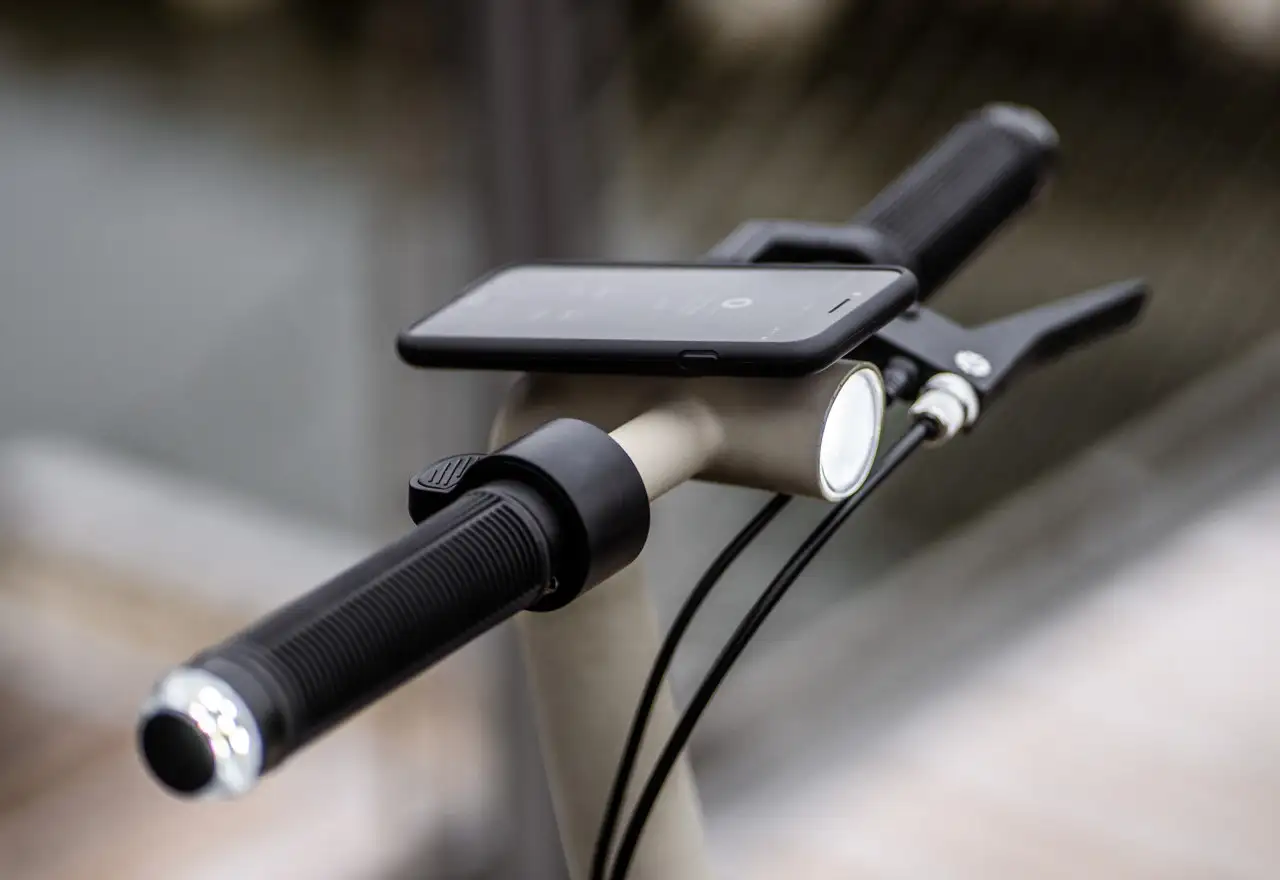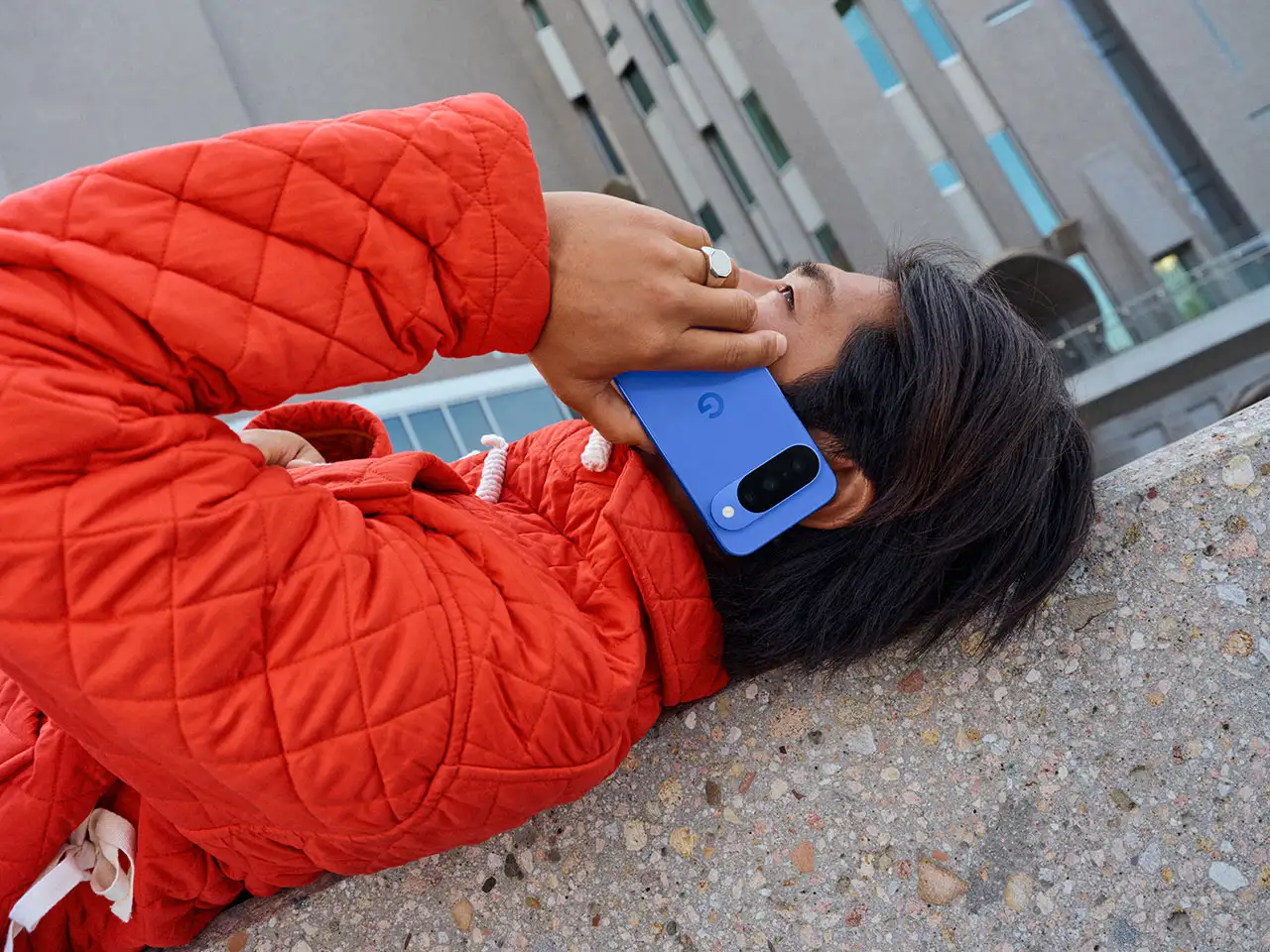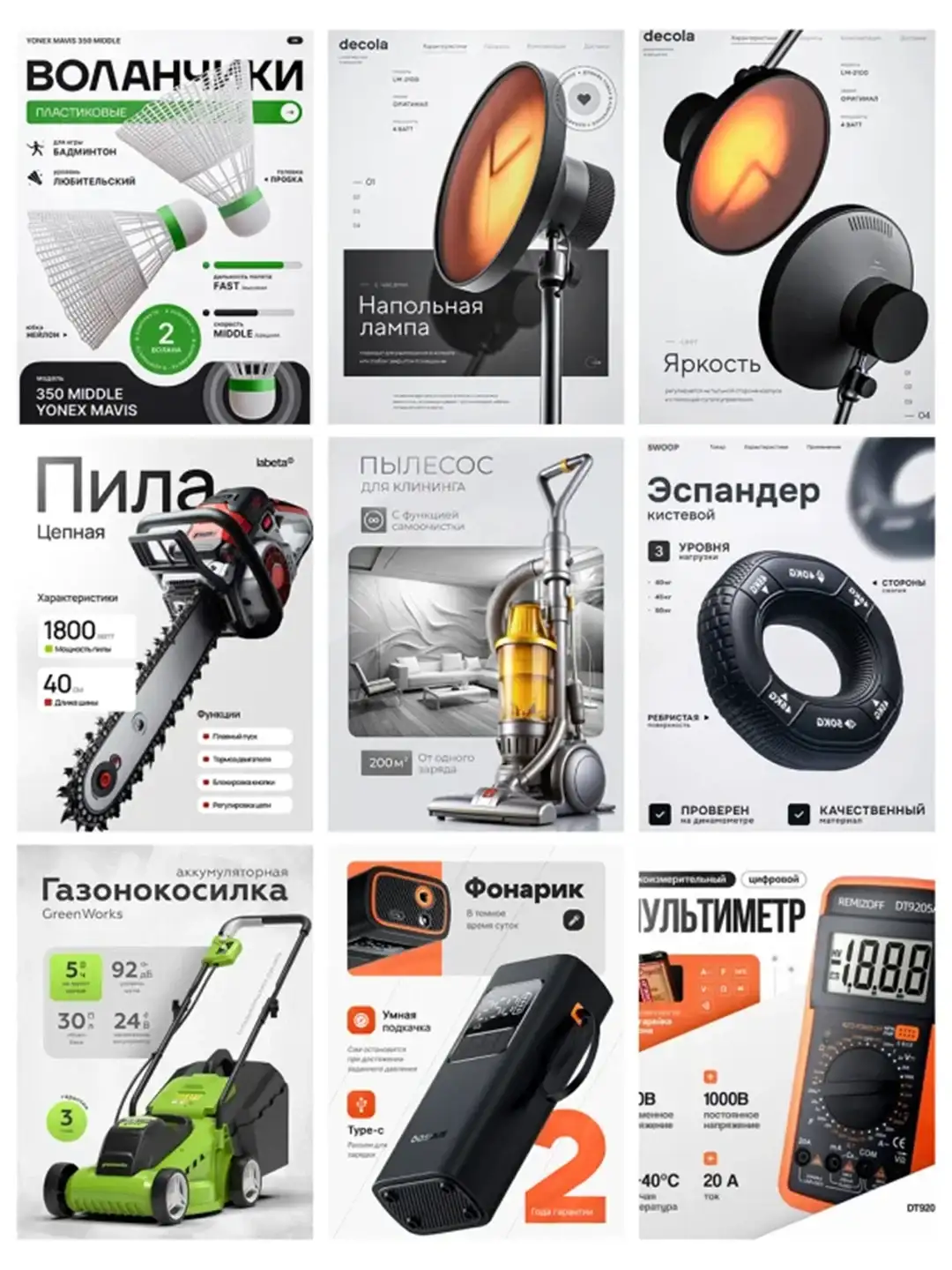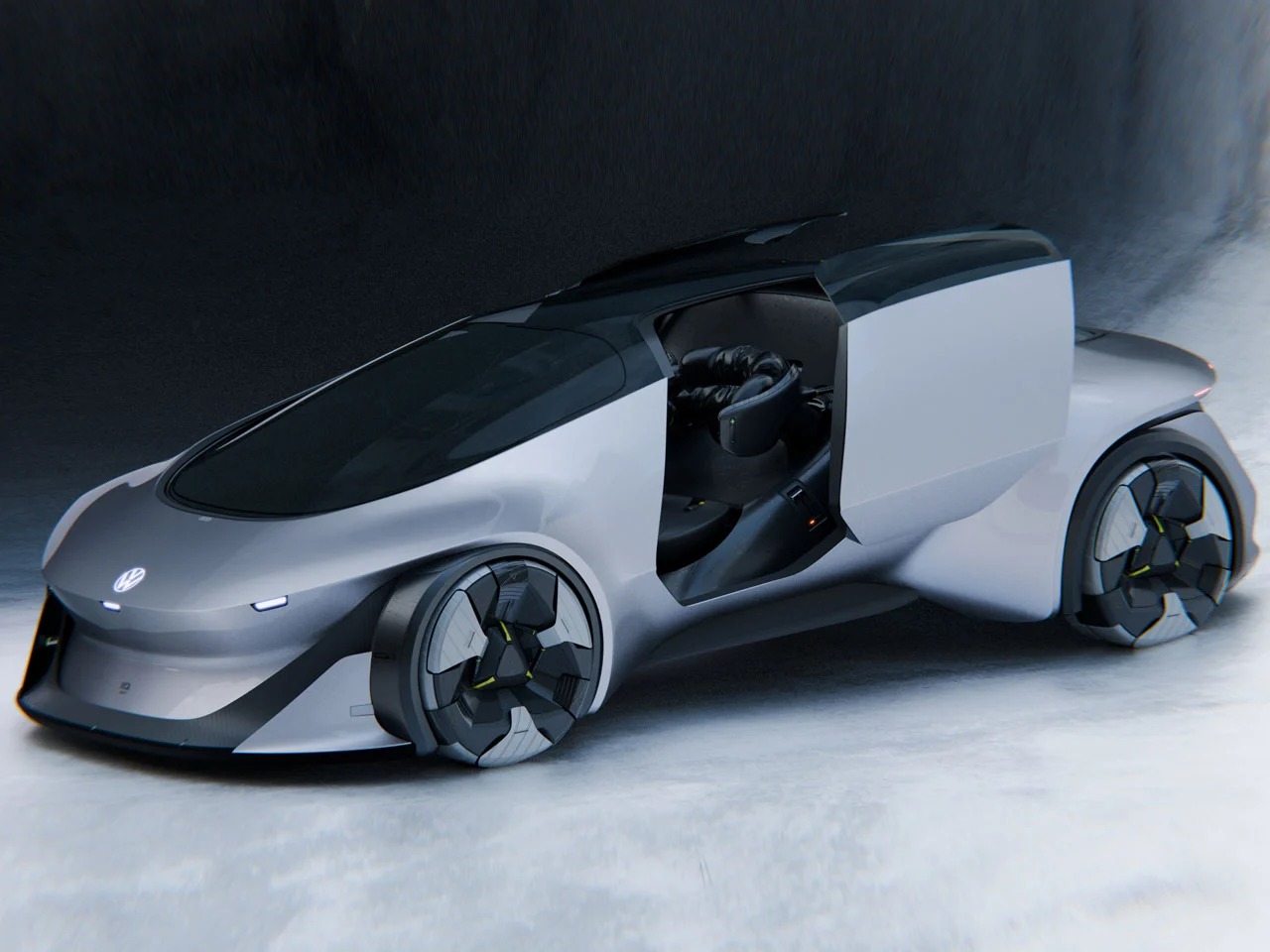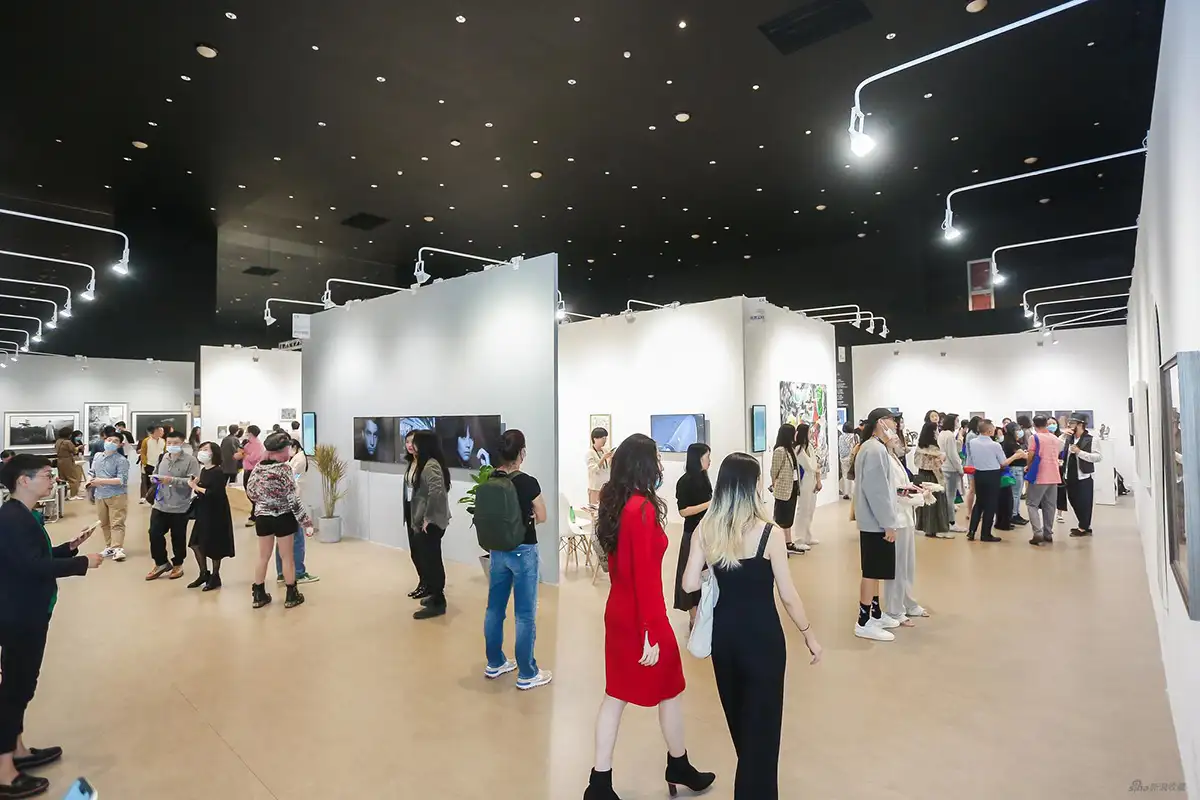NINEIDEA:选择适合参加工业设计奖的作品,需从奖项特性、社会价值、技术创新、落地潜力、表达适配性五个维度系统评估。以下结合国内外重点奖项评审逻辑与实战案例,提供可落地的筛选策略:
@NINEIDEA九号创新 www.nineidea.com
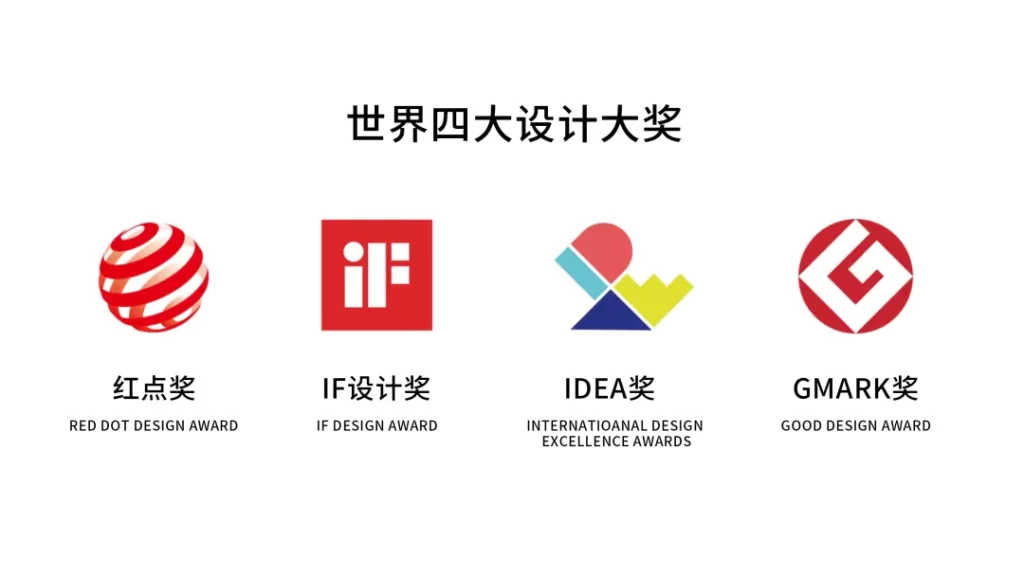
一、对标奖项评审维度,精准匹配赛道
1. 国际奖项:价值导向与创新深度优先
- 红点奖(Red Dot)
- 核心偏好:包容性设计(如适老化、无障碍产品)、社会创新(解决贫困 / 环境等议题)、跨领域融合(技术 × 文化)。
- 案例参考:2024 年红点至尊奖作品 “可折叠应急庇护所”,采用回收塑料制成模块化结构,4 小时内可搭建临时居住单元,解决难民安置问题,完美契合 “Social Design” 方向。
- 避坑点:避免纯美学导向设计,需用数据证明社会影响(如 “降低 XX 成本 XX%”“覆盖 XX 用户群体”)。
- iF 设计奖(iF Design Award)
- 核心偏好:商业可行性(量产计划、供应链整合)、用户体验革新(交互逻辑突破)、品牌叙事性(设计背后的故事)。
- 案例参考:大疆 Avata 无人机通过 “体感操控 + 第一人称视角” 重新定义航拍体验,申报材料中详细列出与代工厂的量产时间表、成本控制方案,最终斩获 2024 年 iF 金奖。
- 避坑点:概念作品需提供技术验证文件(如实验室测试报告、专利申请回执),避免 “空中楼阁” 感。
- IDEA 奖(International Design Excellence Awards)
- 核心偏好:技术突破性(如 AI、新材料、生物科技)、可持续性(全生命周期环保)、社会公平(医疗 / 教育资源普惠)。
- 案例参考:MIT 团队的 “便携式水质检测系统”,利用石墨烯传感器实现 30 秒快速检测,成本仅为传统设备 1/10,获 2023 年 IDEA 铂金奖。
- 避坑点:需量化技术优势(如 “检测精度提升 XX 倍”),并说明如何推动行业标准革新。
2. 国内奖项:产业联动与政策契合度优先
- 中国优秀工业设计奖
- 核心偏好:服务国家战略(如 “双碳”、乡村振兴、老龄化应对)、产业链协同创新(设计 + 制造 + 销售全链条整合)。
- 案例参考:2023 年获奖作品 “智能养蚕机器人”,由浙江理工大学与桐乡丝绸企业联合开发,通过 AI 视觉识别桑叶成熟度,实现养蚕效率提升 400%,直接服务乡村产业升级。
- 筛选要点:优先选择与地方支柱产业结合的项目(如深圳可侧重智能硬件、家电,杭州侧重数字经济),申报时附上与企业的合作协议或政府项目批文。
- 红星奖(China Red Star Design Award)
- 核心偏好:民生痛点解决(如日常工具改良、公共设施优化)、文化元素现代化表达(国潮设计)。
- 案例参考:故宫文创 “千里江山图” 智能香炉,将传统香道与 APP 控温结合,通过 AR 技术呈现画卷动态,获 2024 年红星奖金奖。
- 筛选要点:避免 “为文化而文化” 的表面嫁接,需证明文化元素与功能的深度融合(如 “香道仪式数字化提升用户参与度 35%”)。
二、五大核心评估指标,量化作品竞争力
1. 需求真实性:用数据验证 “真痛点”
- 评估工具:
- 用户旅程地图:绘制目标用户从 “发现问题” 到 “使用产品” 的全流程触点,标注痛点强度(如老人使用传统血压计的误操作率达 62%)。
- 竞品对比矩阵:横向对比现有解决方案的优缺点,证明作品的不可替代性(如 “现有血糖仪需采血,本作品通过光谱无创检测”)。
- 实战技巧:若选题聚焦小众群体(如听障人士),可引用学术研究数据(如 “中国听障人群超 2700 万,现有辅助设备普及率不足 15%”)增强说服力。
2. 创新锐度:技术、模式、体验三维突破
- 技术创新:优先选择 “现有技术跨界应用”(如将航天材料用于民用产品)或 “微创新解决大问题”(如在削皮刀中嵌入 LED 灯解决光线不足问题)。
- 模式创新:如 “设计 + 订阅服务”(智能花盆自动推送肥料耗材)、“设计 + 公益”(产品销售额 1% 捐赠相关社群)。
- 体验创新:通过 “情感化设计”(如儿童用药器采用卡通造型降低抵触感)或 “反常识交互”(如无按钮智能门锁通过手势识别开锁)制造记忆点。
3. 可持续价值:从材料到影响的全链条考量
- 环境维度:
- 材料选择:可降解材料(如蘑菇菌丝体包装)、回收比例(如产品 90% 部件可拆解回收)。
- 能源效率:太阳能供电、待机功耗低于 0.5W 等具体指标。
- 社会维度:
- 就业带动:如采用非遗工艺制造(申报国内奖项时可关联 “乡村振兴” 政策)。
- 资源普惠:如医疗设备降低基层使用门槛(“单机成本≤5000 元,适配县级医院”)。
4. 落地成熟度:匹配奖项阶段要求
- 概念类奖项(如红点概念奖):需展示技术验证进度(如 3D 打印原型、实验室测试视频)和量产规划(如计划 2025 年 Q3 开模,预估成本 XX 元)。
- 量产类奖项(如 iF 产品奖):需提供市场反馈数据(如上市 6 个月销量 XX 万台,用户好评率 92%)、认证文件(如 CE 认证、ISO 标准)。
- 学生组奖项:可侧重 “创新思维”,但需说明导师指导资源(如与某实验室合作开发)或孵化计划(如入选某创业孵化器)。
5. 表达适配性:视觉与叙事的 “翻译能力”
- 视觉呈现:
- 国际奖项:多用简洁线条、克制配色,突出科技感(参考戴森产品渲染风格);
- 国内奖项:可适当加入场景化元素(如老人使用产品的温馨画面),增强情感连接。
- 故事逻辑:
- 国际奖项:采用 “问题 – 科学解决方案 – 验证结果” 的理工科叙事(如 “我们发现 XX 问题,通过 XX 技术突破,实现 XX 效果”);
- 国内奖项:可融入 “设计背后的人文故事”(如 “团队深入贵州山区调研 3 个月,最终优化 XX 功能”)。
三、避坑指南:三类高风险选题与替代策略
1. 风险类型:伪创新(为创新而创新)
- 案例:过度复杂的 “多功能厨房神器”,集成 10 种功能但每种体验均不佳。
- 替代策略:聚焦 “单一功能极致化”,如 “世界上最锋利的陶瓷削皮刀”(刀片硬度达 HRC90,寿命是传统钢刀的 5 倍)。
2. 风险类型:文化符号堆砌
- 案例:在灯具上直接印青花瓷图案,无功能关联。
- 替代策略:解构文化元素并转化为功能逻辑,如 “榫卯结构智能书架”,通过传统卯榫实现模块化组装,无需螺丝。
3. 风险类型:忽视评审时效趋势
- 过时方向:纯外观改良的消费电子配件(如普通手机壳)、高碳排材料为主的设计。
- 新兴趋势:
- 2025 年热点:AI 生成设计(如算法自动优化产品结构)、太空探索相关民用技术转化、老龄化社会的 “尊严型设计”(如可自主穿脱的智能护理服)。
- 地域机会:深圳 / 长三角地区可侧重 “工业 4.0 智能装备”,成渝地区可关注 “新消费场景创新”(如智能茶饮设备)。
四、实战决策工具:四象限法快速定位作品潜力
| 维度 | 高潜力赛道(优先选择) | 谨慎选择(需强化短板) |
|---|---|---|
| 社会价值 | 医疗健康、适老化、环保科技 | 纯娱乐性产品、奢侈消费品 |
| 技术壁垒 | 跨界技术应用(如生物 + 电子) | 外观设计为主、无核心技术突破 |
| 政策契合 | 乡村振兴、双碳目标、银发经济 | 与地方产业无关的小众领域 |
| 表达适配 | 视觉冲击力强、故事线完整 | 依赖复杂技术说明、难以视觉化呈现 |
使用说明:
- 若作品占据 3 个以上高潜力象限,可直接启动申报;
- 若仅满足 1-2 个象限,需针对性优化(如为纯外观设计增加 “可持续材料” 属性,或为技术型产品补充用户故事)。
五、再啰嗦一句
选择参赛作品的本质,是用设计思维翻译评审规则—— 国际奖项看 “是否推动人类进步”,国内奖项看 “是否服务国家战略”,商业奖项看 “是否创造市场价值”。建议创作者花 2 周时间完成《参赛潜力评估表》(包含上述所有维度的量化打分),避免仅凭个人偏好盲目参赛。记住:没有 “万能作品”,只有 “精准匹配” 的策略性选择。
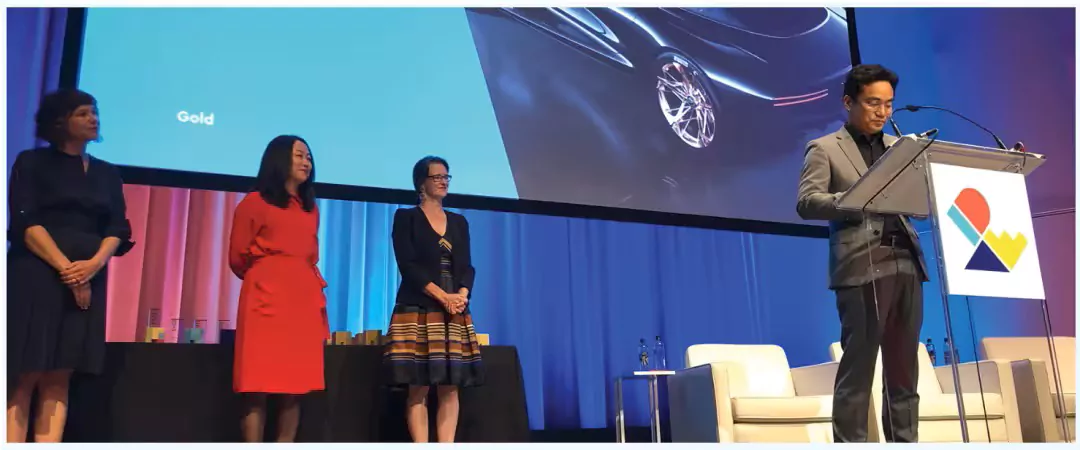

How to choose a suitable work to participate in the Industrial Design Award?
NINEIDEA: To select works suitable for participating in the Industrial Design Award, systematic evaluation should be conducted from five dimensions: award characteristics, social value, technological innovation, landing potential, and expression adaptability. Based on the evaluation logic and practical cases of key awards at home and abroad, the following practical screening strategies are provided:
1、 Benchmarking award evaluation dimensions, accurately matching the track
- International awards: Value orientation and innovation depth priority
Red Dot Award
Core preferences: Inclusive design (such as aging friendly and accessible products), social innovation (addressing poverty/environmental issues), and cross disciplinary integration (technology x culture).
Case reference: The 2024 Red Dot Supreme Award winning work “Foldable Emergency Shelter” adopts a modular structure made of recycled plastic, which can be used to build temporary living units within 4 hours, solving the problem of refugee resettlement and perfectly fitting the direction of “Social Design”.
Avoiding pitfalls: Avoid purely aesthetic oriented design and use data to prove social impact (such as “reducing XX costs by XX%” and “covering XX user groups”).
IF Design Award
Core preferences: commercial feasibility (mass production plan, supply chain integration), user experience innovation (breakthrough in interaction logic), brand narrative (story behind design).
Case reference: The DJI Avata drone redefines the aerial photography experience through “motion control+first person perspective”. The application materials detailed the production schedule and cost control plan with the OEM factory, and ultimately won the 2024 iF Gold Award.
Avoiding pitfalls: Conceptual works need to provide technical verification documents (such as laboratory test reports, patent application receipts) to avoid the feeling of “castles in the air”.
IDEA Award (International Design Excellence Awards)
Core preferences: technological breakthroughs (such as AI, new materials, biotechnology), sustainability (full lifecycle environmental protection), social equity (universal access to medical/educational resources).
Case reference: The MIT team’s “portable water quality detection system” uses graphene sensors to achieve rapid detection in 30 seconds, with a cost only 1/10 of traditional equipment, and won the IDEA Platinum Award in 2023.
Avoiding pitfalls: It is necessary to quantify technological advantages (such as “improving detection accuracy by XX times”) and explain how to promote industry standard innovation.
- Domestic awards: Priority given to industrial linkage and policy alignment
CEID
Core preferences: Serving national strategies (such as “dual carbon”, rural revitalization, aging response), collaborative innovation in the industrial chain (design+manufacturing+sales full chain integration).
Case reference: The 2023 award-winning work “Intelligent Silkworm Breeding Robot” was jointly developed by Zhejiang University of Technology and Tongxiang Silk Enterprise. Through AI visual recognition of mulberry leaf maturity, it achieved a 400% increase in sericulture efficiency and directly served the upgrading of rural industries.
Key screening points: Priority should be given to projects that are integrated with local pillar industries (such as smart hardware and home appliances in Shenzhen, and digital economy in Hangzhou), and cooperation agreements with enterprises or government project approvals should be attached when applying.
China Red Star Design Award
Core preferences: solutions to livelihood pain points (such as improvement of daily tools, optimization of public facilities), modern expression of cultural elements (China-Chic design).
Case reference: The Palace Museum Cultural and Creative “Thousand Miles of Rivers and Mountains Map” intelligent incense burner combines traditional incense burners with APP temperature control, presents dynamic paintings through AR technology, and won the 2024 Red Star Award gold medal.
Key filtering points: To avoid superficial grafting of “culture for culture’s sake”, it is necessary to prove the deep integration of cultural elements and functions (such as “digitalization of incense ceremonies increases user participation by 35%”).
2、 Five core evaluation indicators to quantify the competitiveness of works
- Authenticity of requirements: Verify “real pain points” with data
Assessment tool:
User journey map: Draw the full process touchpoints of the target user from “discovering problems” to “using the product”, and mark the intensity of pain points (such as the 62% misoperation rate of elderly people using traditional blood pressure monitors).
Competitive Comparison Matrix: Horizontally compare the advantages and disadvantages of existing solutions to demonstrate the irreplaceability of the work (such as “the existing blood glucose meter requires blood collection, this work passes non-invasive spectral detection”).
Practical skills: If the topic focuses on a niche group (such as hearing-impaired individuals), academic research data (such as “China’s hearing-impaired population exceeds 27 million, but the current penetration rate of assistive devices is less than 15%”) can be cited to enhance persuasiveness.
- Innovative sharpness: 3D breakthroughs in technology, mode, and experience
Technological innovation: Priority should be given to “cross-border application of existing technologies” (such as using aerospace materials for civilian products) or “micro innovation to solve big problems” (such as embedding LED lights in peeling knives to solve the problem of insufficient light).
Mode innovation: such as “design+subscription service” (intelligent flower pot automatically pushes fertilizer consumables), “design+public welfare” (1% of product sales donated to relevant communities).
Experience innovation: Create memory points through “emotional design” (such as cartoon shaped children’s medication dispensers to reduce resistance) or “anti common sense interaction” (such as button less smart door locks unlocking through gesture recognition).
- Sustainable value: consideration of the entire chain from materials to impact
Environmental dimension:
Material selection: Biodegradable materials (such as mushroom mycelium packaging), recycling ratio (such as 90% of product components that can be disassembled and recycled).
Energy efficiency: Specific indicators such as solar power supply and standby power consumption below 0.5W.
Social dimension:
Employment driven: such as using intangible cultural heritage technology for manufacturing (when applying for domestic awards, it can be related to the “rural revitalization” policy).
Universal access to resources: such as lowering the threshold for grassroots use of medical equipment (“single machine cost ≤ 5000 yuan, suitable for county-level hospitals”).
- Maturity of Implementation: Match the requirements of the award stage
Concept awards (such as the Red Dot Concept Award): It is necessary to demonstrate the progress of technical validation (such as 3D printing prototypes, laboratory testing videos) and production planning (such as planning to open molds in Q3 2025 with an estimated cost of XX yuan).
Mass production awards (such as iF Product Award): Market feedback data (such as sales of XX million units within 6 months of launch, user satisfaction rate of 92%) and certification documents (such as CE certification, ISO standards) are required.
Student group awards: may focus on “innovative thinking”, but must specify the mentor’s guidance resources (such as collaborating with a laboratory for development) or incubation plan (such as being selected for a startup incubator).
- Adaptation of expression: the “translation ability” of visual and narrative
Visual presentation:
International awards: Use simple lines, restrain color matching, and highlight a sense of technology (refer to Dyson product rendering style);
Domestic awards: Scene based elements (such as warm images of elderly people using products) can be appropriately added to enhance emotional connections.
Story logic:
International awards: adopting a science and engineering narrative of “problem scientific solution verification result” (such as “we discovered XX problem, achieved XX effect through XX technology breakthrough”);
Domestic awards: can incorporate “humanistic stories behind design” (such as “team conducted in-depth research in Guizhou mountainous areas for 3 months, ultimately optimizing XX functions”).
3、 Avoiding pitfalls guide: Three types of high-risk topics and alternative strategies
- Risk type: pseudo innovation (innovating for the sake of innovation)
Case: An overly complex “multifunctional kitchen artifact” that integrates 10 functions but each one has a poor experience.
Alternative strategy: Focus on “ultimate single function”, such as “the world’s sharpest ceramic peeler” (blade hardness reaches HRC90, lifespan is 5 times that of traditional steel knives).
- Risk type: cultural symbol stacking
Case: Printing blue and white porcelain patterns directly on lighting fixtures without functional association.
Alternative strategy: Deconstructing cultural elements and transforming them into functional logic, such as the “smart bookshelf with mortise and tenon structure”, which achieves modular assembly through traditional mortise and tenon without the need for screws.
- Risk type: Ignoring the trend of review timeliness
Outdated direction: consumer electronics accessories with pure appearance improvement (such as ordinary phone cases), designs mainly made of high carbon emission materials.
Emerging Trends:
2025 hot topics: AI generated design (such as algorithm automatic optimization of product structure), civilian technology transformation related to space exploration, and “dignified design” for an aging society (such as smart nursing clothes that can be worn and taken off independently).
Regional opportunities: Shenzhen/Yangtze River Delta region can focus on “Industry 4.0 intelligent equipment”, while Chengdu Chongqing region can pay attention to “new consumer scenario innovation” (such as intelligent tea drinking equipment).
4、 Practical decision-making tool: Four quadrant method for quickly identifying the potential of a work
| Dimension | High potential track (priority selection) | Be cautious in choosing (strengthen weaknesses) |
|---|---|---|
| SOCIAL VALUE | Medical health, aging friendly, and environmentally friendly technology | Pure entertainment products, luxury consumer goods |
| Technical barriers | Cross border technology applications (such as biology and electronics) | Appearance design as the main focus, without core technological breakthroughs |
| Policy alignment | Rural revitalization, dual carbon targets, silver haired economy | Small niche fields unrelated to local industries |
| Expression adaptation | Strong visual impact and complete storyline | Relying on complex technical explanations and difficult to visualize |
instructions:
If the work occupies three or more high potential quadrants, the application can be directly initiated;
If only 1-2 quadrants are met, targeted optimization is needed (such as adding the “sustainable materials” attribute to pure exterior design, or supplementing user stories for technology-based products).
5、 Just one more sentence
The essence of selecting entries is to use design thinking to translate the evaluation rules – international awards look at whether they promote human progress, domestic awards look at whether they serve national strategies, and commercial awards look at whether they create market value. It is recommended that creators spend 2 weeks completing the ‘Potential Assessment Form for Participation’ (including quantitative scoring for all dimensions mentioned above) to avoid blindly participating based solely on personal preferences. Remember: there is no ‘universal work’, only strategic choices of ‘precise matching’.
@NINEIDEA九号创新 www.nineidea.com










